Introduction: Why Visit Kyoto & Nara in a Day?
Travelers often dream of immersing themselves in Japan’s historic heartland, where centuries-old temples and tranquil gardens meet vibrant local culture. A day tour covering both Kyoto and Nara offers a rare opportunity to experience the essence of traditional Japan in a single, unforgettable journey. From the moment we step onto the ancient streets, the subtle aroma of incense and the gentle rustle of kimono silk transport us to another era.
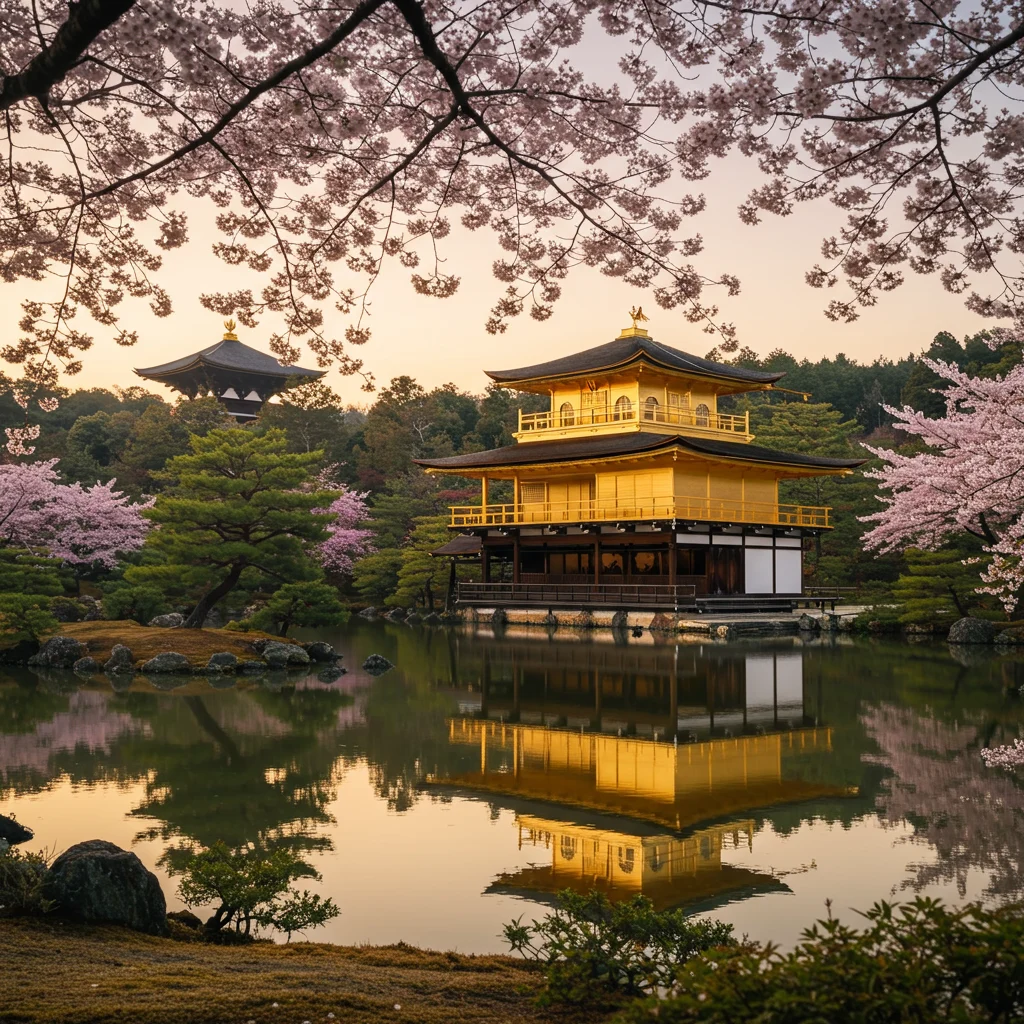
Combining these two cities in one day rewards us with a tapestry of spiritual sites, natural beauty, and living traditions—each moment filled with sensory richness and cultural depth.
What Makes Kyoto and Nara Unique?
Kyoto and Nara each hold a distinct place in Japan’s history, serving as former imperial capitals and custodians of countless UNESCO World Heritage Sites. Kyoto enchants visitors with its atmospheric alleys, iconic shrines, and refined geisha culture. Nara, meanwhile, is celebrated for its open parks, ancient temples, and the gentle deer that wander its grounds.
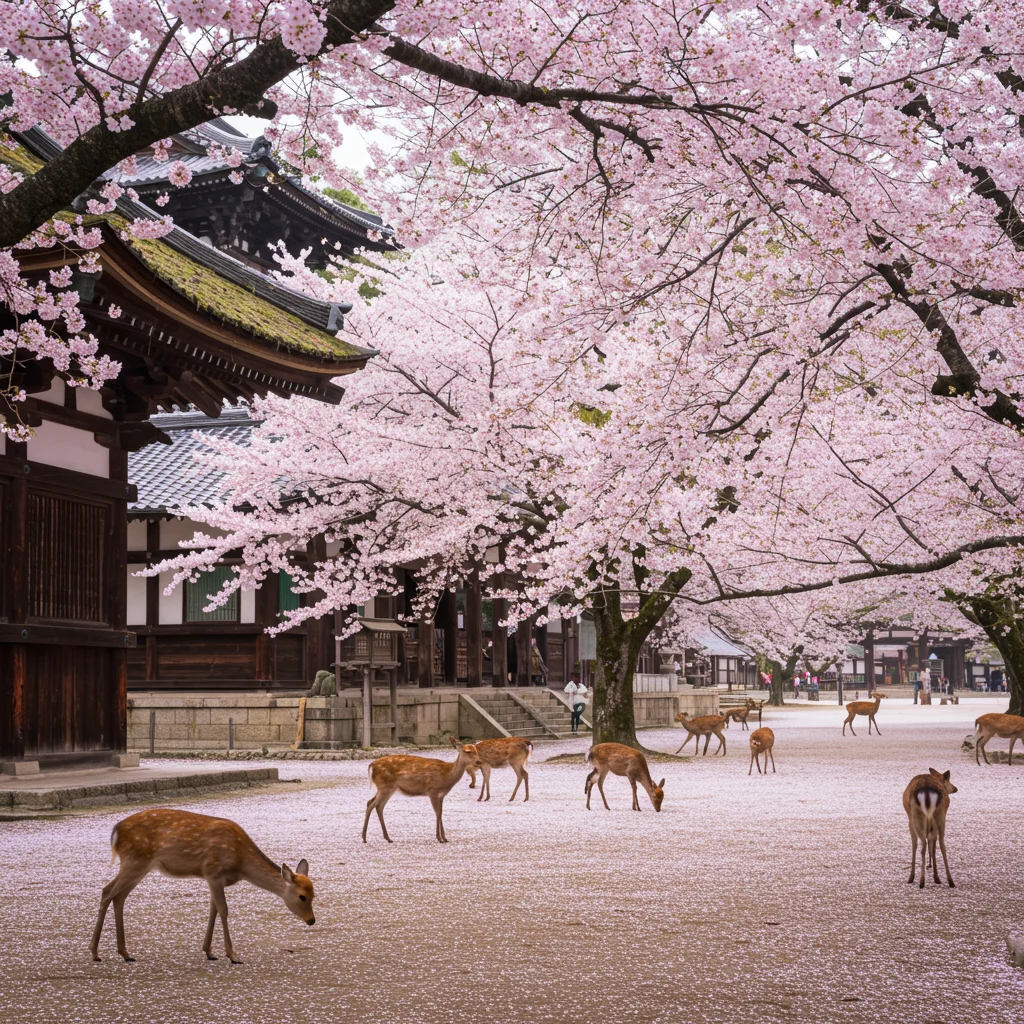
The harmony between nature and architecture in both cities creates an atmosphere of serenity. In Kyoto, vermillion gates wind through forested hills, while Nara’s sacred deer bow gracefully to passersby. This blend of the spiritual, the natural, and the historical is what sets these cities apart from any other destination in Japan.
How to Plan Your Kyoto & Nara Day Tour
Effective planning is essential to make the most of a Kyoto and Nara day trip. We recommend starting early, mapping out key attractions, and deciding on transportation in advance. With careful organization, even a single day can yield a deeply rewarding experience.

Consider your pace and interests: temple enthusiasts may want more time at spiritual sites, while food lovers might prioritize local markets and restaurants. Booking activities or reserving spots through platforms like Viator can help streamline your journey and provide access to expert guides.
Best Time of Year for a Kyoto & Nara Day Trip
Each season offers a unique perspective on Kyoto and Nara’s beauty. Spring brings a delicate canopy of cherry blossoms, while autumn sets temple gardens ablaze with fiery reds and golds. Summer’s lush greenery and winter’s peaceful snowscape both enchant, though the weather may influence your comfort and activity choices.

Peak times—late March to mid-April and late November—offer breathtaking scenery but also draw larger crowds. For a quieter experience, consider visiting in early spring or late autumn, when the air is crisp and the streets are less crowded.
How to Get from Kyoto to Nara
Travel between Kyoto and Nara is straightforward, thanks to efficient transport links. The journey is short, allowing us to maximize our time at each destination. Choosing the right method of transit ensures a smooth and enjoyable day.
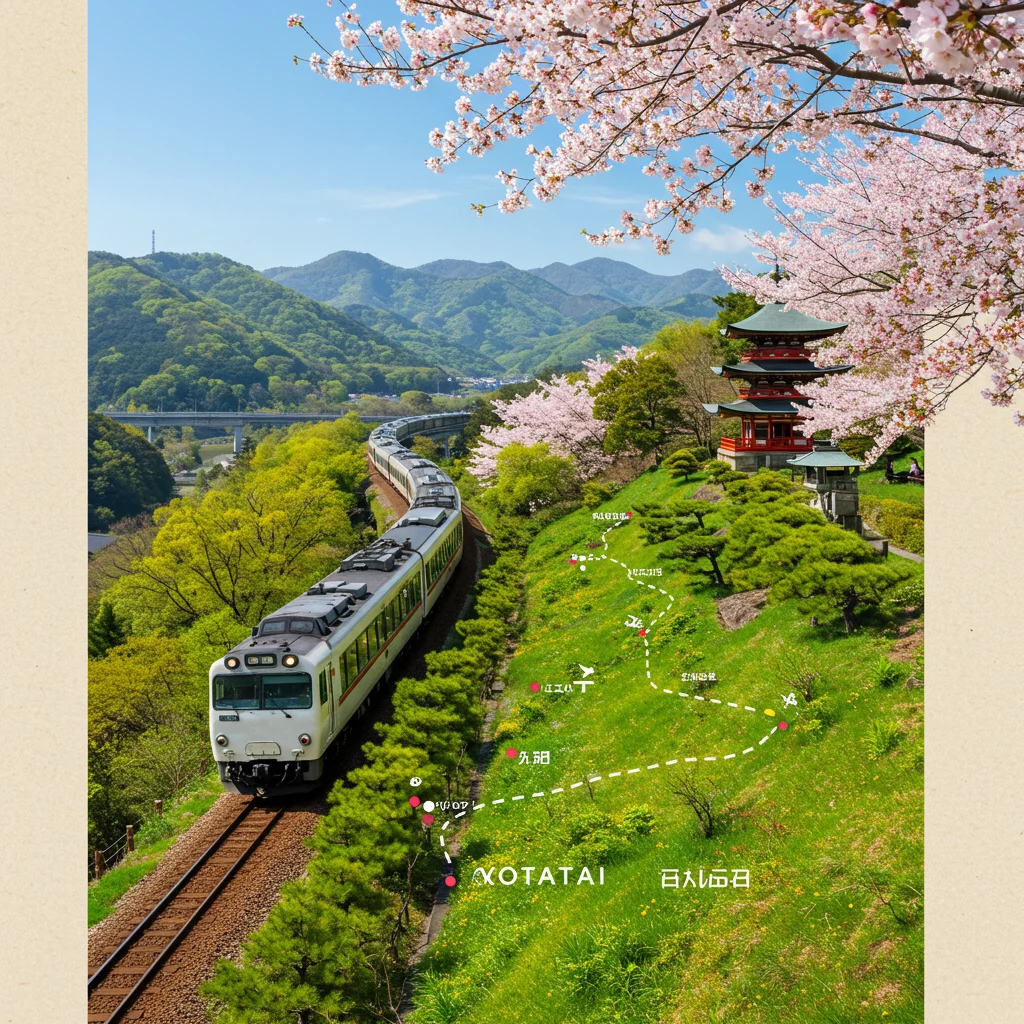
Public Transportation Options
Most travelers opt for the JR Nara Line or the Kintetsu Railway. The JR Nara Line connects Kyoto Station directly to Nara Station in about 45 minutes, while the Kintetsu line offers a slightly faster route to Kintetsu Nara Station, which is closer to many main attractions.
Both lines feature frequent departures, air-conditioned cars, and clear English signage. For those holding a Japan Rail Pass, the JR line is especially convenient. To experience another iconic aspect of Japanese travel, some visitors combine their day tour with a ride on the shinkansen, as described in our post about high-speed adventures.
Private Tours vs. Self-Guided Tours
Deciding between a guided tour and a self-guided itinerary depends on your preferences. Guided tours offer expert insights, seamless logistics, and often skip-the-line access at popular sites. They are ideal for first-time visitors and those seeking in-depth historical context.
Self-guided tours, on the other hand, allow for greater flexibility and spontaneity. With detailed research and a well-planned route, independent travelers can explore at their own pace while still covering all major highlights.
Suggested Itinerary Overview
A well-structured itinerary helps us experience the best of both cities without feeling rushed. We recommend beginning in Kyoto in the early morning, exploring key sites before midday, then transferring to Nara for the afternoon and evening.
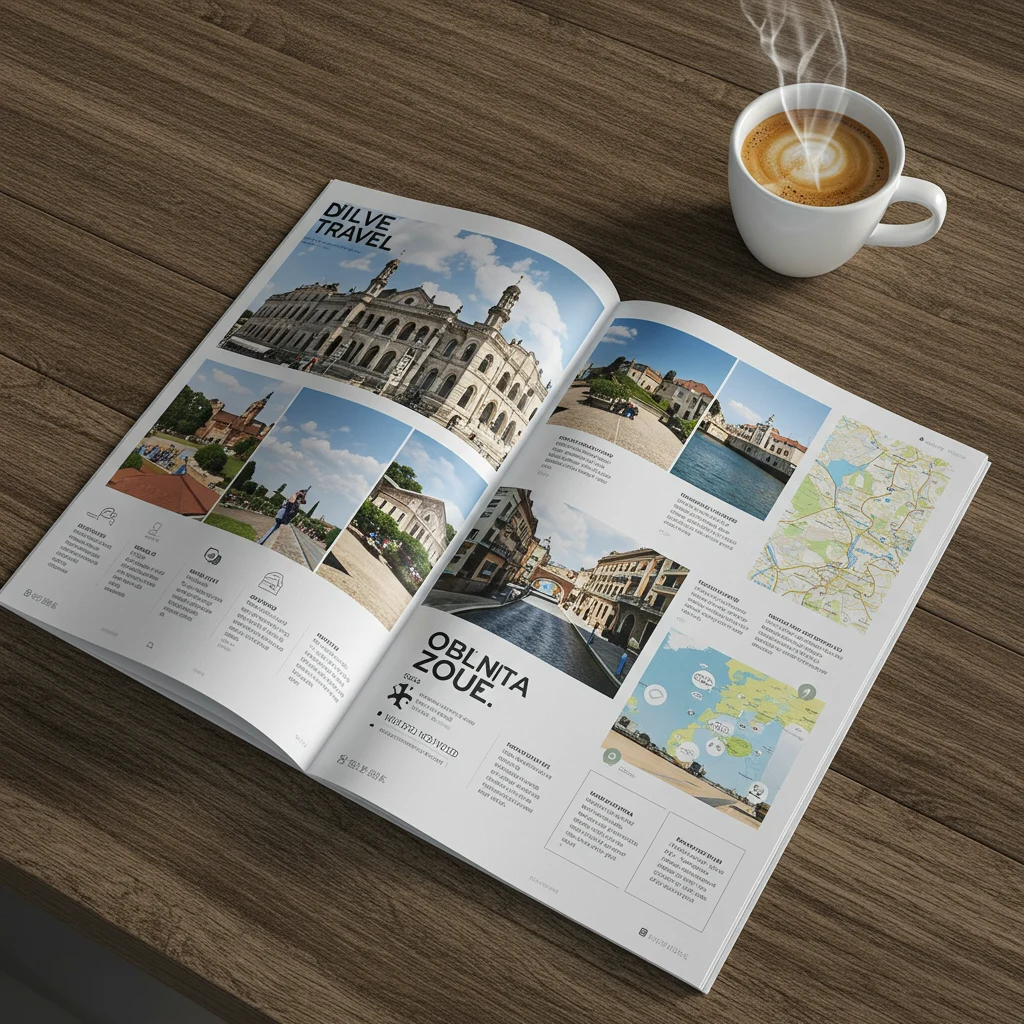
- Morning: Fushimi Inari Taisha, Kiyomizu-dera, Higashiyama District, Gion
- Lunch: Kyoto local cuisine
- Afternoon: Travel to Nara, Todai-ji Temple, Nara Park, Kasuga-taisha Shrine
- Evening: Dinner in Nara, nighttime stroll or activity
Morning in Kyoto: Top Attractions
Kyoto’s mornings are filled with soft sunlight and a tranquil atmosphere, perfect for exploring its most celebrated sites before crowds arrive. We begin our journey at the city’s iconic shrines and temples, moving through historic districts that breathe with centuries of tradition.

Start at Fushimi Inari Taisha Shrine
Fushimi Inari Taisha is one of Japan’s most revered Shinto shrines, famed for its seemingly endless path of vibrant red torii gates winding through wooded hillsides. The early morning air here is cool and fragrant, carrying the faint scent of moss and cedar.
Why Visit Fushimi Inari Early?
Arriving shortly after sunrise allows us to experience the shrine’s mystical ambiance in relative solitude. The peaceful setting enhances the spiritual significance of the site, and the soft morning light creates dramatic shadows across the torii gates.
Exploring the Iconic Torii Gates
Walking beneath thousands of vermilion torii is a sensory journey—each step accompanied by the gentle crunch of gravel and the occasional call of a distant bird. The trail offers multiple viewpoints and photo opportunities, especially as the sun filters through the dense canopy.
Kiyomizu-dera Temple: A UNESCO World Heritage Site
Next, we head to Kiyomizu-dera, an architectural marvel perched on a hillside with panoramic views of Kyoto. Its grand wooden stage juts out over a sea of cherry blossoms or maple leaves, depending on the season.
Highlights of Kiyomizu-dera
Kiyomizu-dera’s main hall, constructed without the use of nails, is a testament to traditional craftsmanship. The temple grounds feature sacred springs, ornate pagodas, and serene gardens. During festival periods, the temple glows with lanterns and the hum of local pilgrims.
Best Photo Spots at Kiyomizu-dera
The terrace offers sweeping vistas of the city framed by seasonal foliage. For a unique angle, we suggest capturing the temple from the Otowa Waterfall area, where the sound of flowing water adds to the experience.
Strolling Through Higashiyama District
The Higashiyama District is a living museum of Kyoto’s past, with narrow lanes, wooden townhouses, and traditional teahouses. Early morning is the best time to enjoy its tranquil charm, as the gentle clatter of shop shutters and the aroma of fresh rice crackers fill the air.
Traditional Streets: Sannenzaka and Ninenzaka
Sannenzaka and Ninenzaka are cobblestone streets lined with centuries-old buildings. The slopes are dotted with quaint cafes, artisan workshops, and hidden gardens, making them perfect for a leisurely walk and memorable photos.
Local Shops and Souvenirs
We recommend browsing local stores for handmade ceramics, delicate fans, and seasonal sweets. Artisans often demonstrate their crafts, inviting us into the tactile world of Kyoto’s heritage.
Gion: The Geisha District
As we approach Gion, the city’s ambiance shifts—paper lanterns sway in the breeze, and the possibility of spotting a geisha or maiko quickens our pace. This district is the heart of Kyoto’s traditional performing arts.
Where to Spot Geisha and Maiko
Early mornings and evenings are the best times to glimpse geisha or maiko on their way to appointments. Hanamikoji Street is especially renowned, with its preserved wooden facades and serene atmosphere.
Cultural Experiences in Gion
Gion offers opportunities to attend tea ceremonies, watch traditional performances, or simply soak in the district’s unique ambiance. For those interested in further outdoor adventures, our article on the Arashiyama Bamboo Forest bike tour provides another perspective on Kyoto’s natural and cultural treasures.
Lunch in Kyoto: Where & What to Eat
By midday, the city’s culinary scene beckons. Kyoto’s refined cuisine emphasizes fresh, seasonal ingredients, often presented with artistic flair. Whether we crave traditional flavors or modern twists, there is something for every palate.
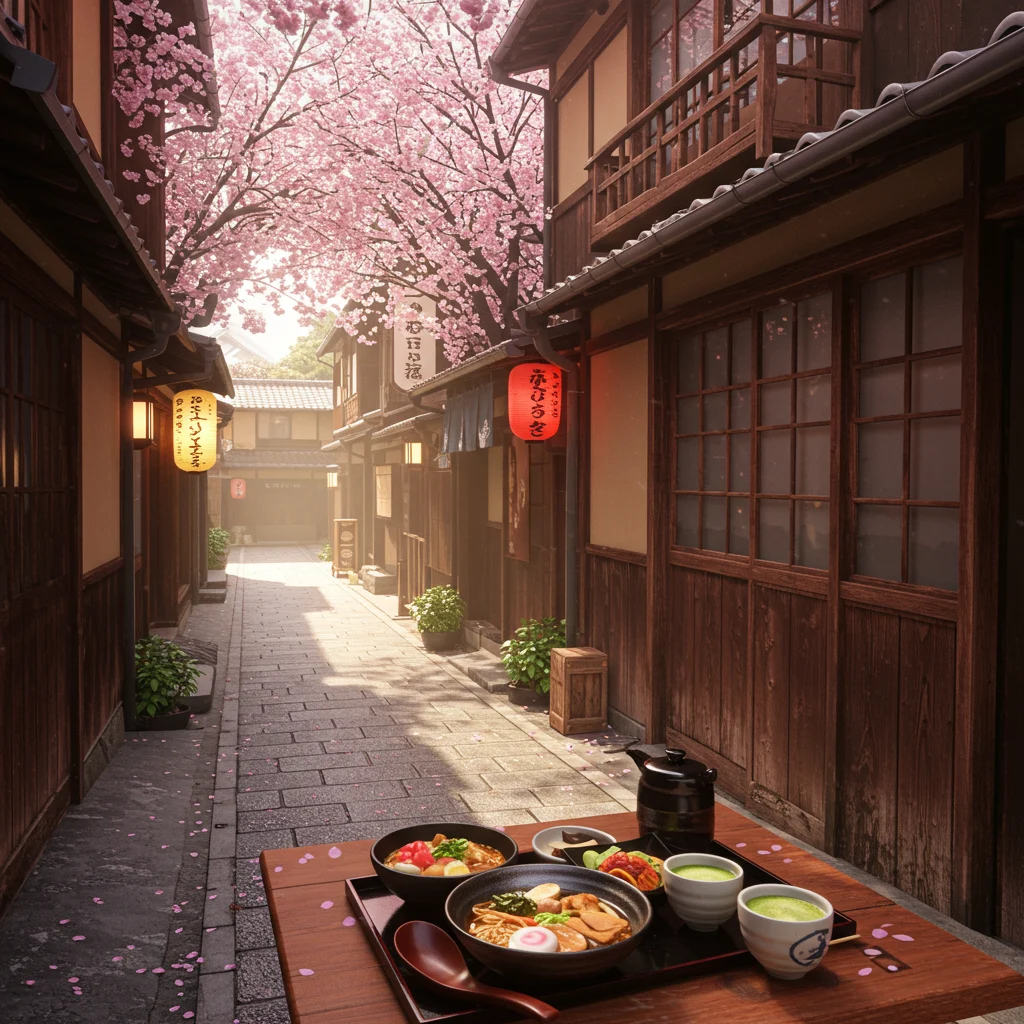
Top Local Dishes to Try
- Kaiseki ryori: Multi-course haute cuisine featuring local vegetables and fresh seafood
- Yudofu: Silky tofu simmered in a delicate broth, perfect for vegetarians
- Saba-zushi: Pressed sushi with mackerel, a Kyoto specialty
- Matcha desserts: Green tea ice cream, cakes, and sweets
Recommended Restaurants for Lunch
For authentic flavors, we suggest seeking out small eateries near Kiyomizu-dera or along Ninenzaka. Many offer set lunches with seasonal ingredients and panoramic views. Reservations are recommended during peak seasons to avoid waiting.
Afternoon Transfer: Kyoto to Nara
After lunch, we prepare for the short but scenic journey to Nara. The transition between cities feels seamless, with efficient trains and picturesque countryside views along the way.

Best Transport Routes & Tips
Both the JR Nara Line and Kintetsu Railway provide reliable service. For those wishing to maximize sightseeing, the Kintetsu Nara Station is closer to Nara Park and major attractions. Buying tickets in advance or using an IC card like ICOCA streamlines the process.
Keep an eye out for announcements in English and pay attention to train types; rapid or express services save time but may skip smaller stations.
How Long Does the Journey Take?
The train ride typically takes 35–50 minutes, depending on the chosen line and service. Factoring in walking time to and from stations, we recommend allocating about an hour for the transfer to allow for a relaxed pace.
First Stop in Nara: Todai-ji Temple
Arriving in Nara, our first destination is the awe-inspiring Todai-ji Temple. Set amidst peaceful parkland, its grandeur and spiritual presence are immediately felt.
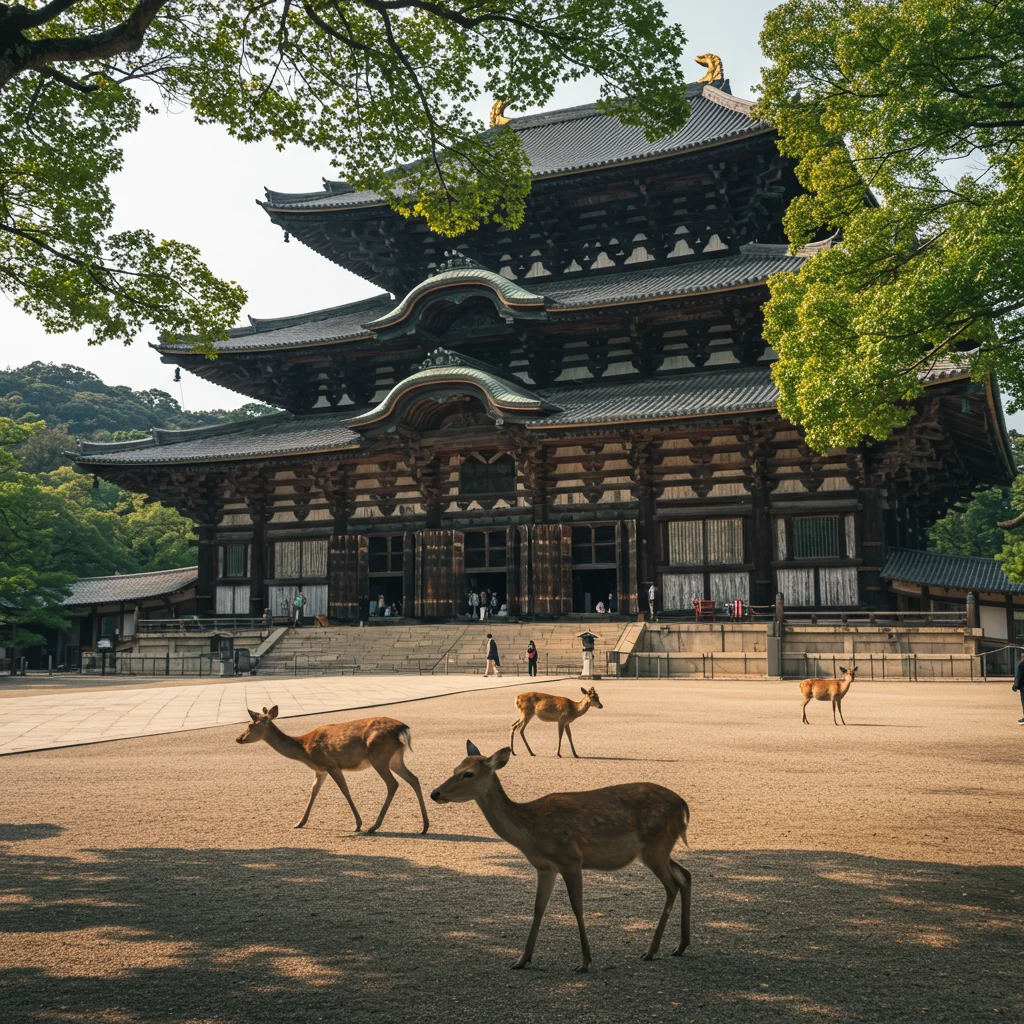
The Great Buddha: Daibutsu
The temple’s main hall houses the Daibutsu, a colossal bronze statue of Buddha seated serenely in lotus position. The scale is breathtaking—sunlight glinting off its surface as incense wafts through the cavernous hall.
Todai-ji’s Historical Significance
Founded in the 8th century, Todai-ji played a central role in the spread of Buddhism across Japan. Its architectural innovations and cultural influence endure, attracting pilgrims and visitors from around the world.
Nara Park: Meet the Friendly Deer
Just outside Todai-ji lies Nara Park, where over a thousand freely roaming deer greet visitors. These gentle animals are considered messengers of the gods, and their presence adds a magical quality to the park’s leafy paths and open lawns.

Where to Find the Deer
Deer congregate near temple entrances, snack stalls, and under the shade of ancient trees. Their soft eyes and playful manner make them a favorite subject for photographers and animal lovers alike.
Tips for Feeding and Interacting with Deer
- Purchase special “shika senbei” crackers from local vendors—deer recognize the packaging and may bow politely in anticipation.
- Remain calm and respectful; while most deer are friendly, some may become insistent if food is visible.
- Supervise children closely and avoid teasing or startling the animals.
Kasuga-taisha Shrine: Lantern-lit Beauty
Our next stop is Kasuga-taisha, a Shinto shrine renowned for its thousands of bronze and stone lanterns. Moss-covered pathways and the soft glow of lantern light create an atmosphere of quiet reverence.

History and Legends of Kasuga-taisha
Founded in 768 AD, Kasuga-taisha is entwined with the history of the Fujiwara clan. Legends speak of divine messengers and sacred deer guiding the shrine’s founding. The annual lantern festivals transform the grounds into a shimmering wonderland.
Exploring the Shrine’s Pathways and Lanterns
Visitors can wander shaded walkways lined with lanterns, their surfaces etched with centuries of prayers. The interplay of light and shadow, the scent of damp earth, and the gentle sound of footsteps on gravel all contribute to the shrine’s mystical allure.
As experts often say:
“To visit Kyoto and Nara is to walk in the footsteps of emperors and artisans, where every stone and tree tells a story centuries in the making.”
Other Must-See Spots in Nara
Beyond the main temples and shrines, Nara offers tranquil gardens and atmospheric old town streets that reward those who linger a little longer.
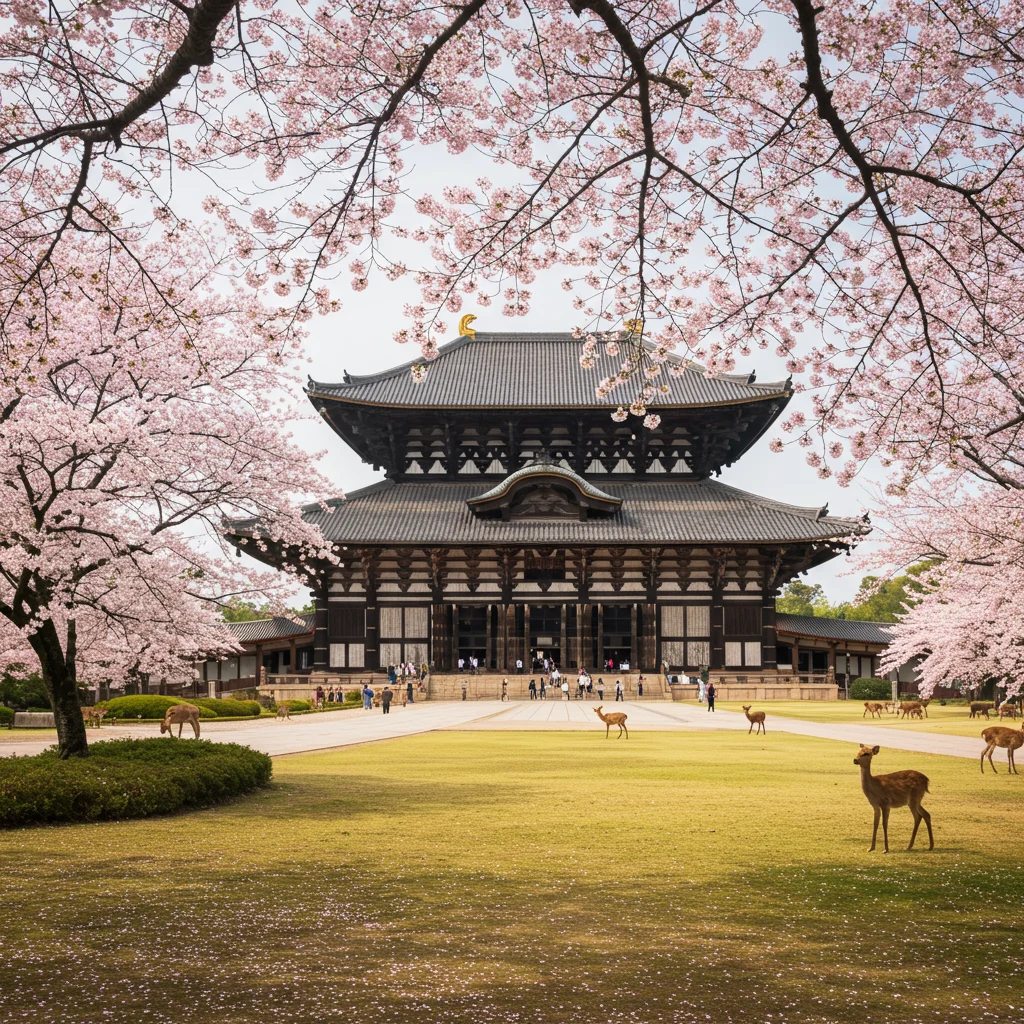
Isuien Garden: Traditional Japanese Landscaping
Isuien Garden is a masterpiece of Japanese landscape design, with ponds reflecting manicured pines and distant temple roofs. The garden’s paths wind past tea houses and artfully placed stones, inviting quiet contemplation.
Naramachi: Old Town Charm
Naramachi preserves the charm of Edo-period merchant houses, now home to boutique shops, galleries, and cozy cafes. Walking its narrow lanes, we sense the rhythms of daily life from centuries past.
If you’re interested in historic towns in other countries, our post on Nepal’s cultural cities offers inspiration for your next journey.
Evening in Nara: What to Do Before Heading Back
As dusk settles, Nara’s temples and parks take on a serene glow. The day’s crowds thin, and the city’s tranquil beauty deepens under the soft illumination of lanterns and streetlights.
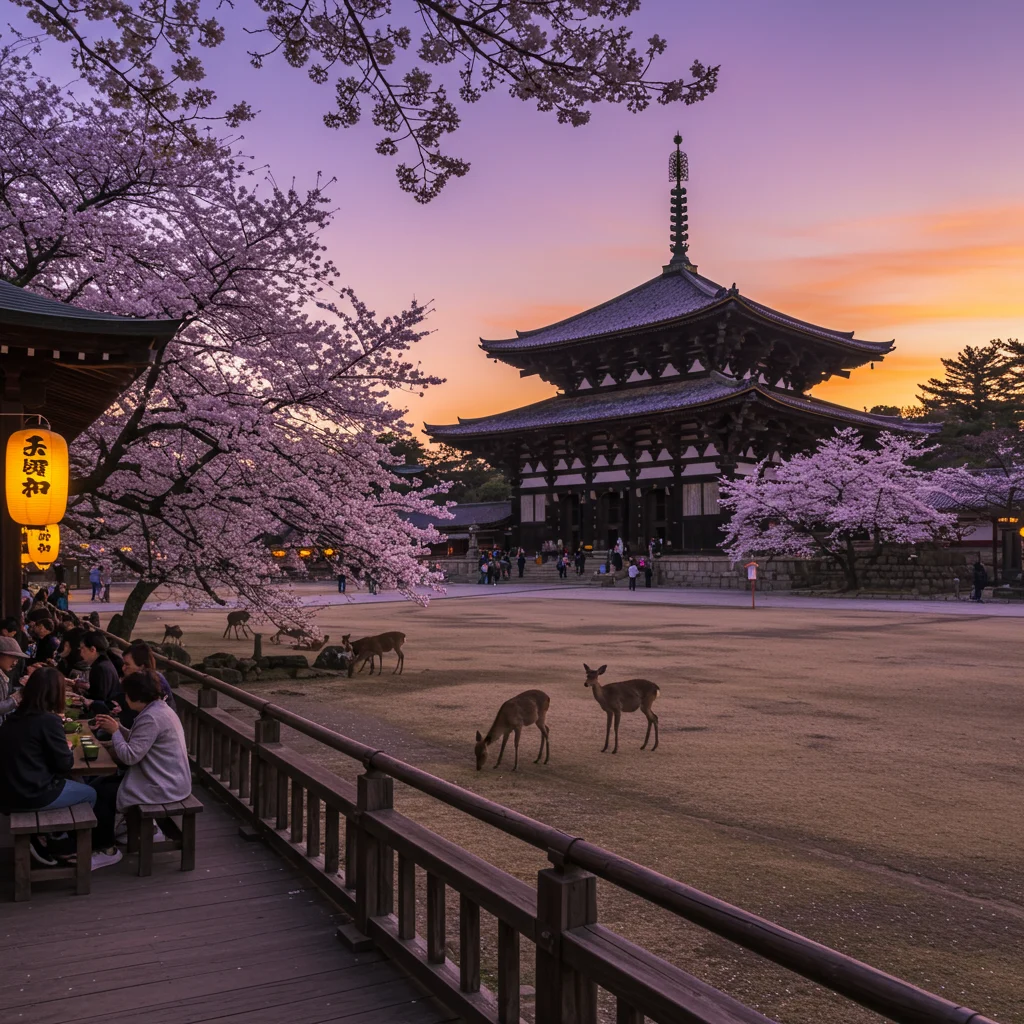
Best Places for Dinner in Nara
We suggest sampling local specialties such as Kakinoha-zushi (persimmon leaf sushi) or savory udon noodles. Restaurants near Nara Park and Kintetsu Nara Station offer a range of options, from traditional kaiseki to casual izakaya fare.
Nighttime Views and Activities
Some temples and gardens offer evening illuminations during certain seasons, creating a magical atmosphere. A quiet stroll through lantern-lit streets or a visit to a local sake bar provides a gentle close to a day rich in cultural experiences.
For travelers who appreciate nighttime scenery, you may find our feature on Hiroshima and Miyajima’s evening beauty equally inspiring.
Essential Travel Tips for a Smooth Day Tour
Preparation is key to enjoying your Kyoto and Nara adventure to the fullest. Here are some practical tips to keep your day comfortable and memorable.
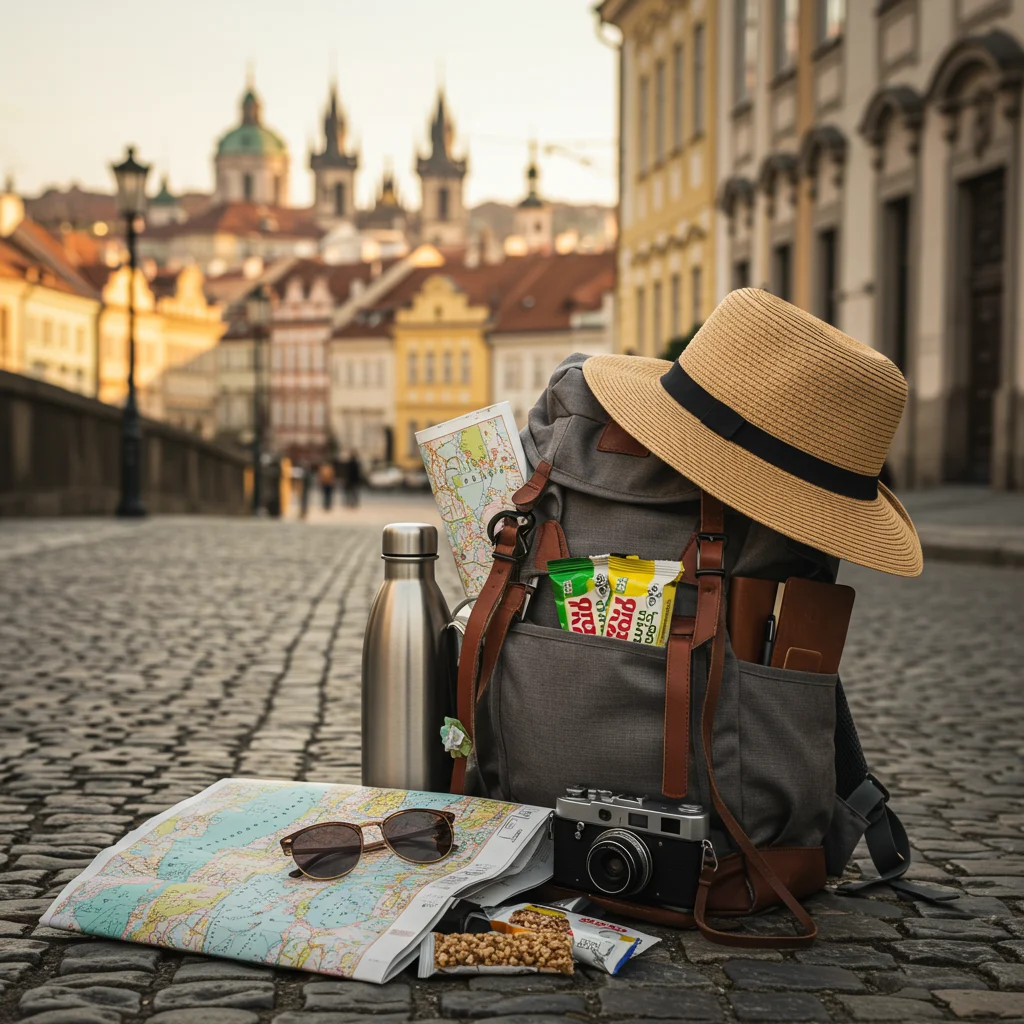
Packing List: What Should You Bring?
- Comfortable walking shoes (expect uneven paths and lots of steps)
- Reusable water bottle
- Lightweight rain jacket or umbrella (weather can be unpredictable)
- Portable phone charger and camera
- Cash for small purchases and temple offerings
How to Stay Comfortable During the Tour
Dress in layers to adapt to changing temperatures, and plan rest stops in shaded parks or cozy cafes. Staying hydrated and taking short breaks helps us enjoy each moment without fatigue.
Cultural Etiquette in Kyoto & Nara
Respect for tradition is woven into every aspect of life in these cities. Following local customs not only shows courtesy but also enriches our experience.

Shrine and Temple Etiquette
- Bow at the entrance gate before entering sacred grounds
- Purify hands and mouth at the temizuya (water basin)
- Speak quietly and avoid disruptive behavior
- Photography may be restricted inside certain halls—always check for signs
Interacting with Locals and Wildlife
Politeness is highly valued; a simple “arigatou gozaimasu” (thank you) goes a long way. When meeting deer or other wildlife, gentle movements and respect for boundaries keep encounters positive for all.
If you’re curious about etiquette on international tours, our overview of Korea’s DMZ tour includes helpful tips for interacting with locals and guides.
How to Capture the Best Photos on Your Tour
Kyoto and Nara’s timeless beauty makes them a photographer’s dream. With a little planning, we can return home with striking images that evoke the spirit of our journey.
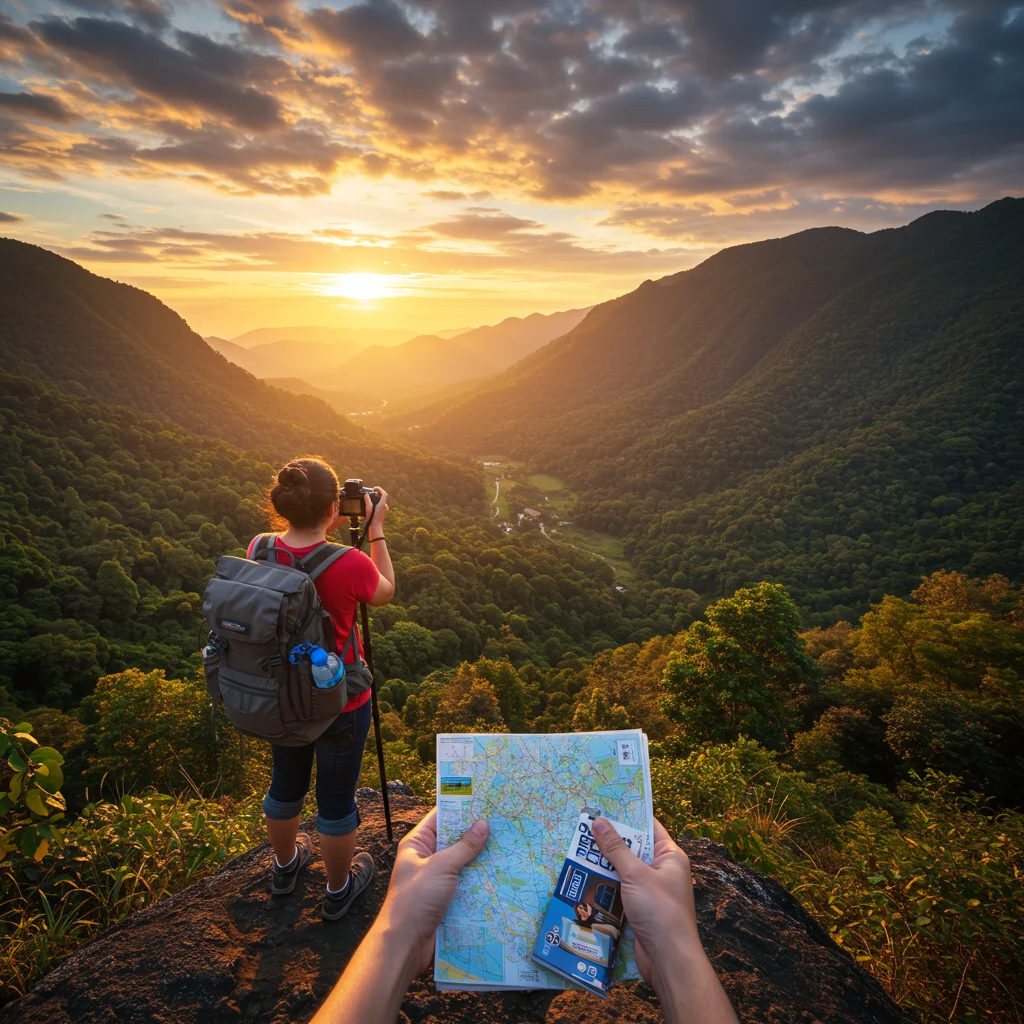
Photography Tips for Temples and Shrines
- Arrive early for soft, golden light and fewer crowds
- Use leading lines (such as torii gates or stone paths) to draw viewers into your images
- Respect rules regarding flash and tripods
- Capture candid moments of local life and seasonal details
Best Times and Locations for Photos
Sunrise at Fushimi Inari, late afternoon at Kiyomizu-dera, and dusk in Nara Park all offer magical lighting. Look for reflections in garden ponds and lantern-lit pathways for atmospheric shots.
Budgeting for Your Kyoto & Nara Day Tour
Planning your budget in advance helps avoid surprises and allows for a more relaxed experience. Costs can vary depending on transportation choices, dining preferences, and admission fees.

Estimated Costs for Transportation
- Kyoto-Nara train fare: ¥620–¥1200 (one way, depending on line and service)
- IC cards (e.g., ICOCA): convenient for multiple rides
Food and Admission Fees
- Temple admission: ¥300–¥600 per site
- Lunch: ¥1000–¥3000 per person
- Snacks and souvenirs: variable
Should You Book a Guided Tour or Go Solo?
The choice between a guided tour and independent travel depends on your style and priorities. Both approaches have distinct advantages.
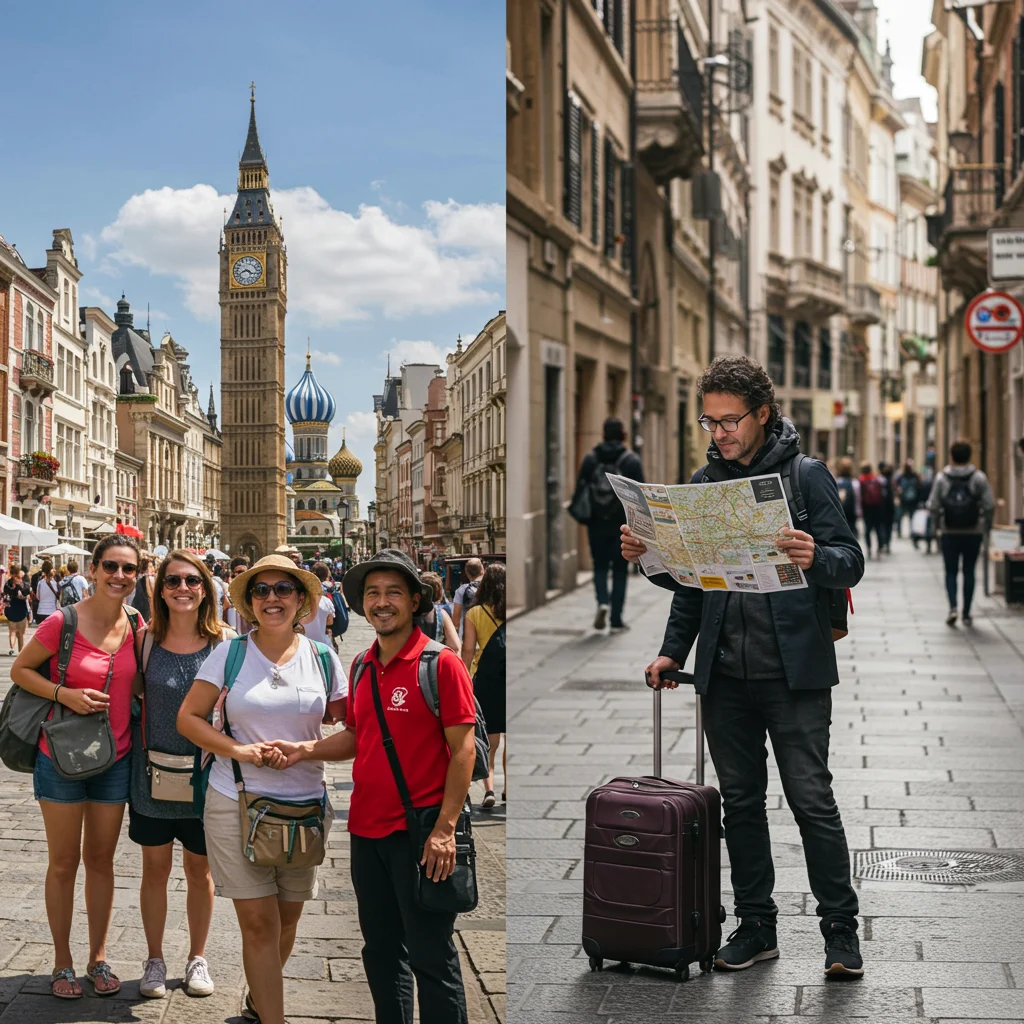
Pros and Cons of Guided Tours
- Pros: Expert insights, efficient logistics, access to hidden gems, group camaraderie
- Cons: Less flexibility, set schedules, group size may affect experience
Recommended Tour Operators
Reputable operators can be found on booking platforms such as Viator, where reviews and detailed itineraries assist in selecting the right experience for your needs.
Sustainable Travel Tips for Kyoto & Nara
As visitors, we share responsibility for preserving the beauty and integrity of these cherished destinations. Practicing sustainable travel protects both cultural heritage and the environment.

How to Respect Local Culture and Environment
- Follow posted guidelines at temples, shrines, and parks
- Minimize waste by carrying reusable bags and bottles
- Support local artisans and businesses
Eco-Friendly Transportation Options
Public transit is both efficient and environmentally friendly. For short distances, consider walking or renting a bicycle. Kyoto’s bike-friendly paths offer a peaceful way to experience city and countryside alike.
Frequently Asked Questions About Kyoto & Nara Day Tours
We address some of the most common queries from travelers planning a day trip to these remarkable cities.

Can You See Both Cities in One Day?
With strategic planning and an early start, it is possible to enjoy the highlights of both Kyoto and Nara in one day. Prioritize your must-see sites and consider booking activities through Viator for added convenience.
What Should You Prioritize If Time Is Short?
If your schedule is limited, focus on one or two iconic sites in each city—such as Fushimi Inari and Kiyomizu-dera in Kyoto, and Todai-ji and Nara Park in Nara. Early morning and late afternoon visits help avoid the busiest periods.
How to Book on Viator
Booking your Kyoto & Nara day tour is simple with Viator. Search for tours by date, duration, and interests to find the perfect itinerary. Detailed descriptions, verified reviews, and secure payment options make planning your trip worry-free.

Once you’ve selected a tour, follow the booking prompts to reserve your spot. Confirmation is sent by email, and most tours offer free cancellation up to 24 hours in advance. For those who prefer to book activities on the go, the Viator mobile app provides flexibility and instant access to your reservations.
Conclusion: Making the Most of Your Kyoto & Nara Day Tour
A day spent between Kyoto and Nara is a journey through Japan’s spiritual and cultural heart. From crimson shrine gates and tranquil gardens to the gentle presence of sacred deer, every moment leaves a lasting impression. Thoughtful preparation, respect for local customs, and a spirit of curiosity will transform your day tour into a cherished memory.

At Izase, we’re passionate about sharing expert travel insights to help you plan remarkable journeys. For more inspiration and in-depth guides, visit Izase and start planning your next adventure today.
Disclaimer: This information is accurate to the best of our knowledge; however, there may be changes or mistakes. Please verify exact details on the Viator booking page.


